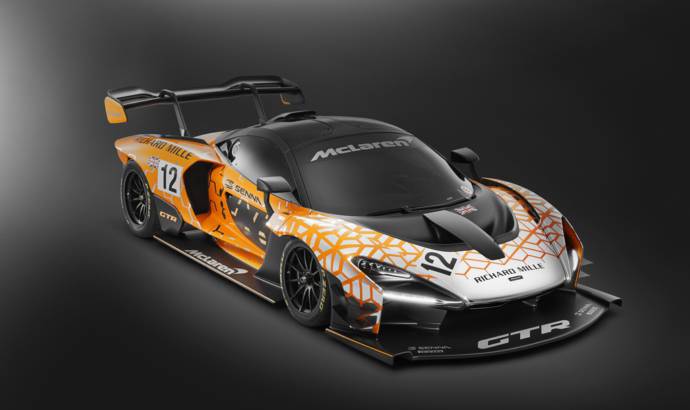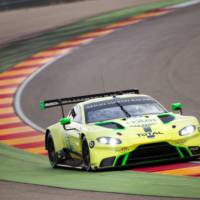McLaren attracted a lot of attention with the unveil of the new Senna supercar, an exclusive demonstration of power. During this year Geneva Motor Show, the British creator of luxury supercars offered a track-only version of the new Ultimate Series McLaren Senna, to be called the McLaren Senna GTR.
Expressions of interest will be taken at the Geneva Show and thereafter, with exact technical details of the McLaren Senna GTR confirmed later this year. Based around the same carbon fibre Monocage III structure as the McLaren Senna to ensure the core strength and rigidity needed for a top-flight track car, the McLaren Senna GTR will be similar in weight to the 1,198kg lightest dry total of the road-legal McLaren Senna.
With more power and greater torque from the 4.0-litre twin-turbocharged V8 engine than the 800PS and 800Nm developed in the road car – horsepower will increase to at least 825PS – the car will be faster than the ‘standard’ model in a straight line.
The additional benefit of a race-style transmission, revised double wishbone suspension and Pirelli slick tyres – together with up to 1,000kg of downforce – will ensure that the McLaren Senna GTR will also post the quickest McLaren circuit lap times outside Formula 1.
The car will have a wider track and new fenders front and rear, the changes to the carbon fibre body simplified by the fact that the fenders and other aerodynamic components have been designed as ‘clipped on’ to the cockpit structure, allowing relatively easy modification. The McLaren Senna GTR will also feature a new wheel design, developed specifically for circuit use.
The front splitter of the McLaren GTR Concept is larger than the road-car component and contributes to improved front aerodynamic performance, as does the rear diffuser which is both larger and extends further back. The rear deck is the lowest of any McLaren and aids both aerodynamic performance and cooling, as well as helping to optimise the performance of the active rear wing.





